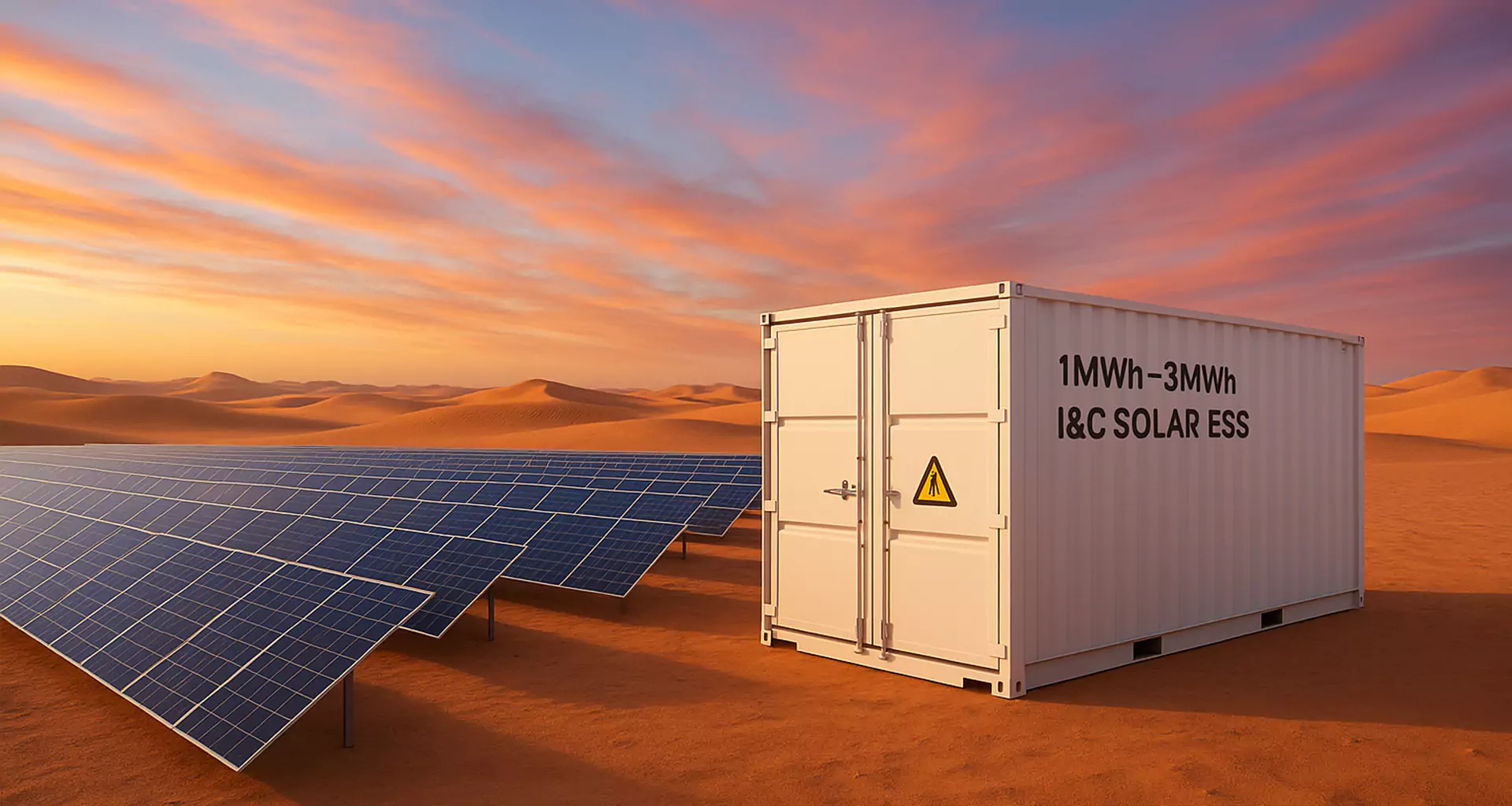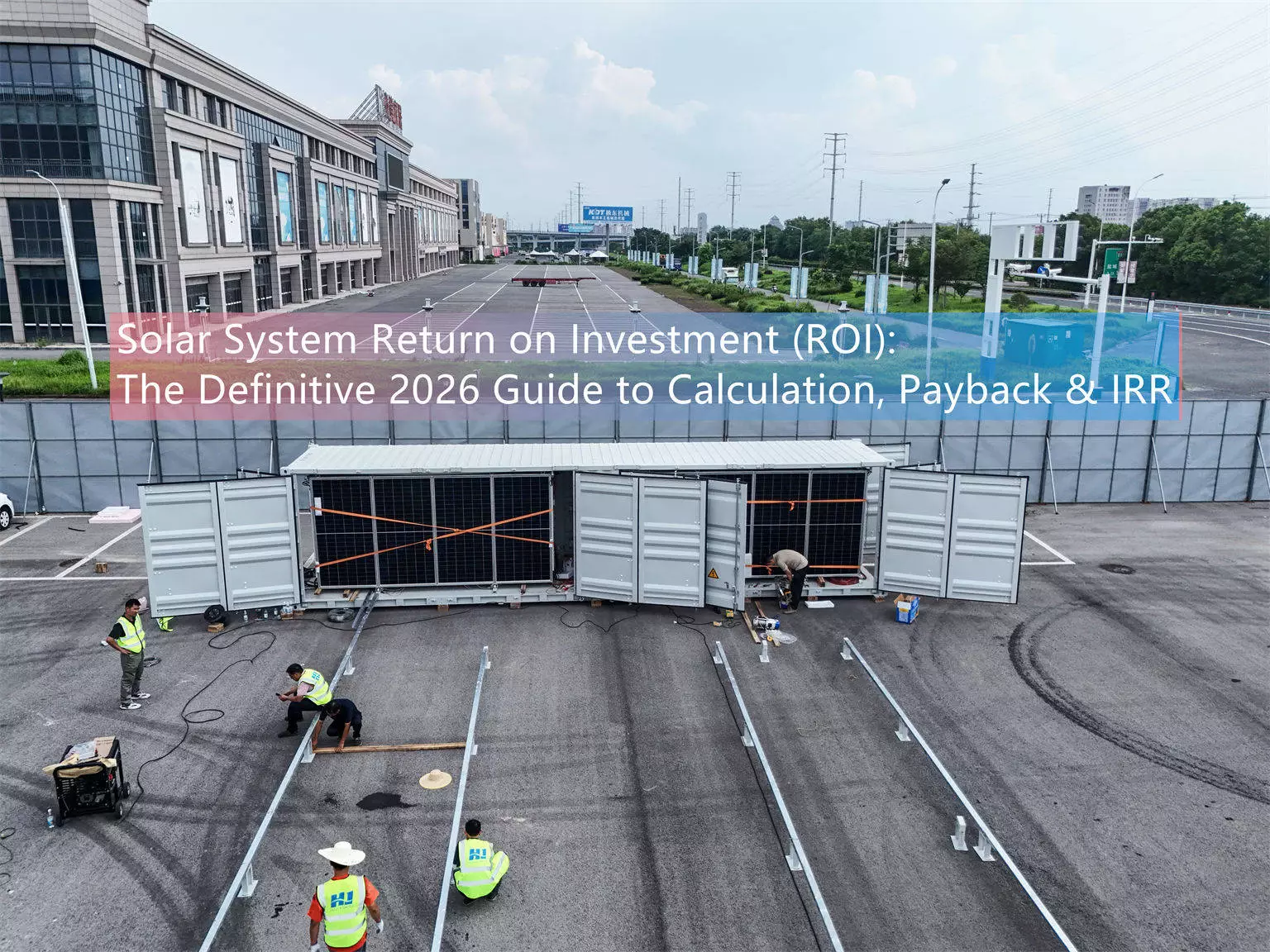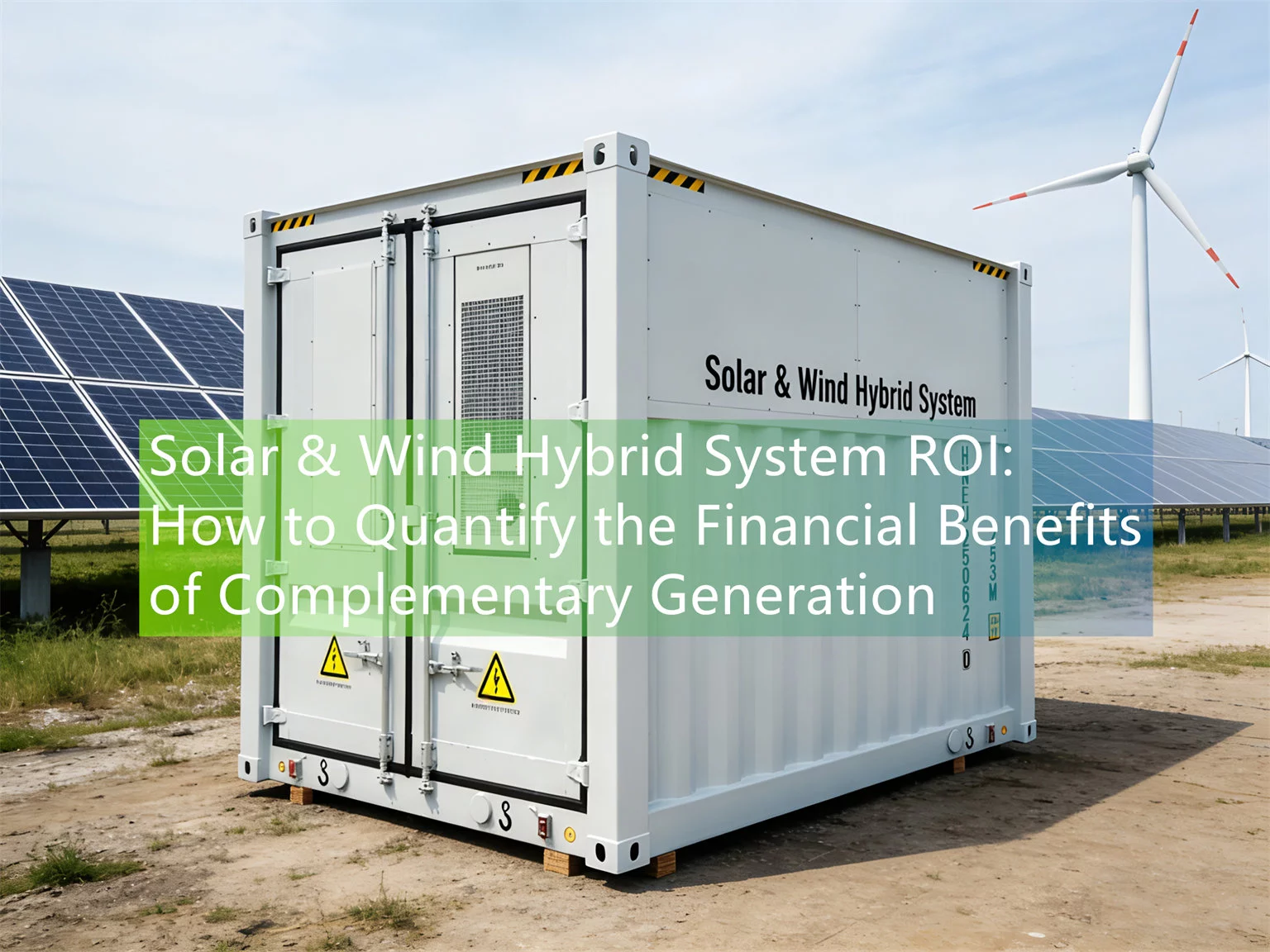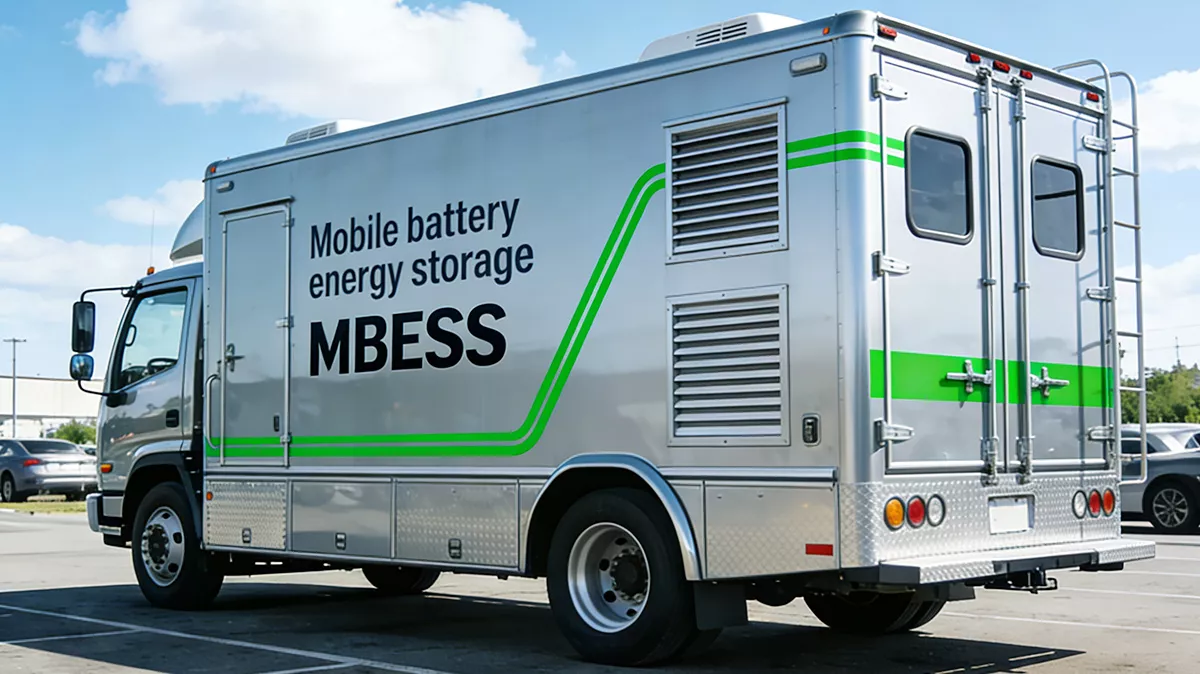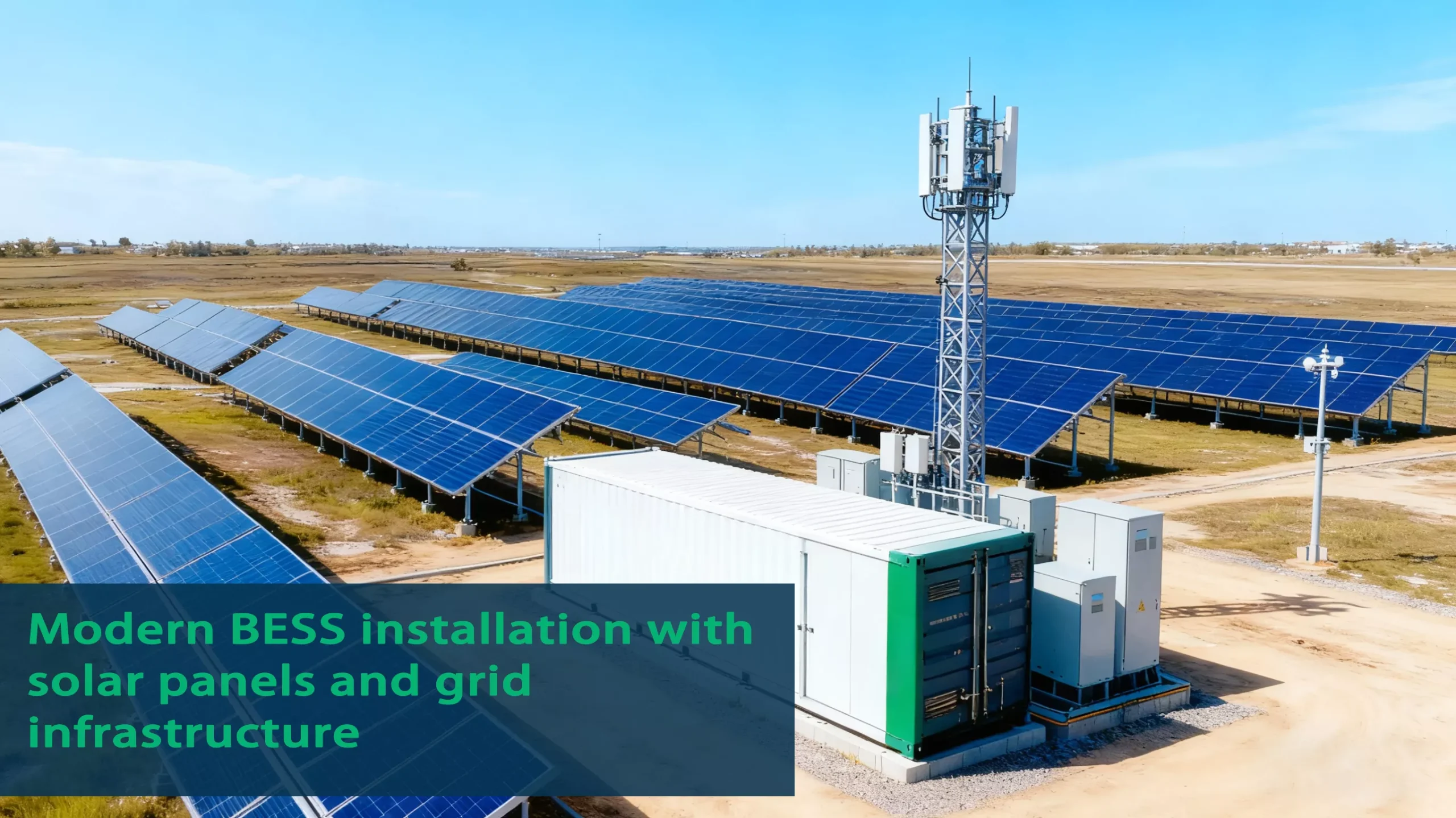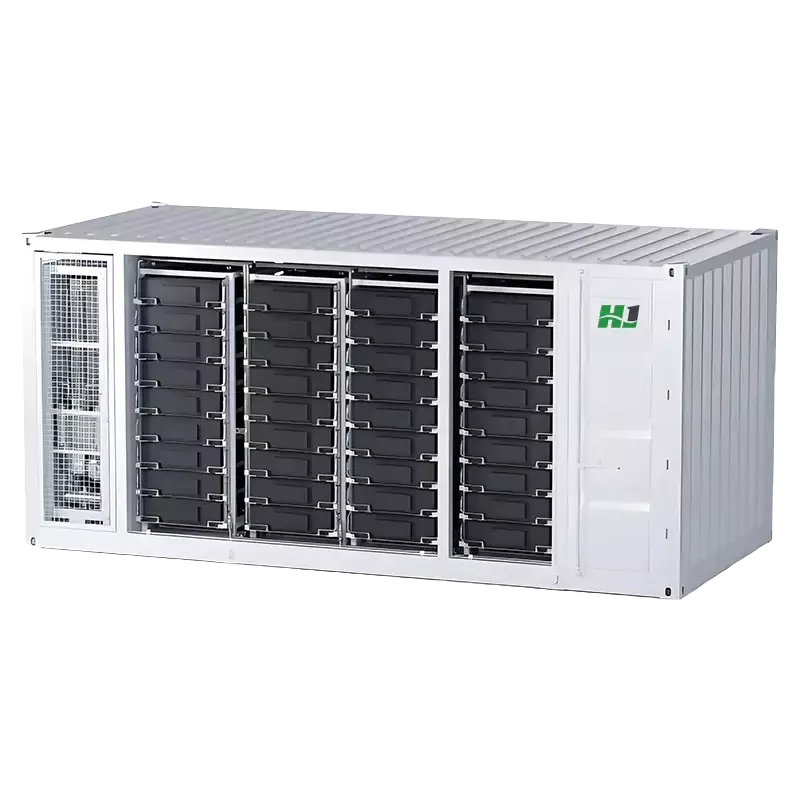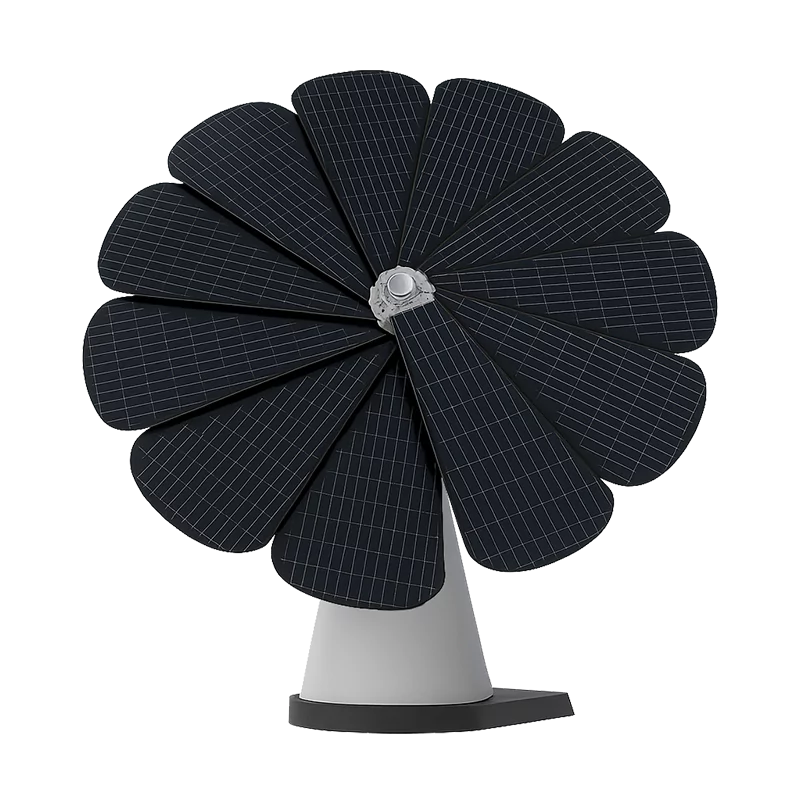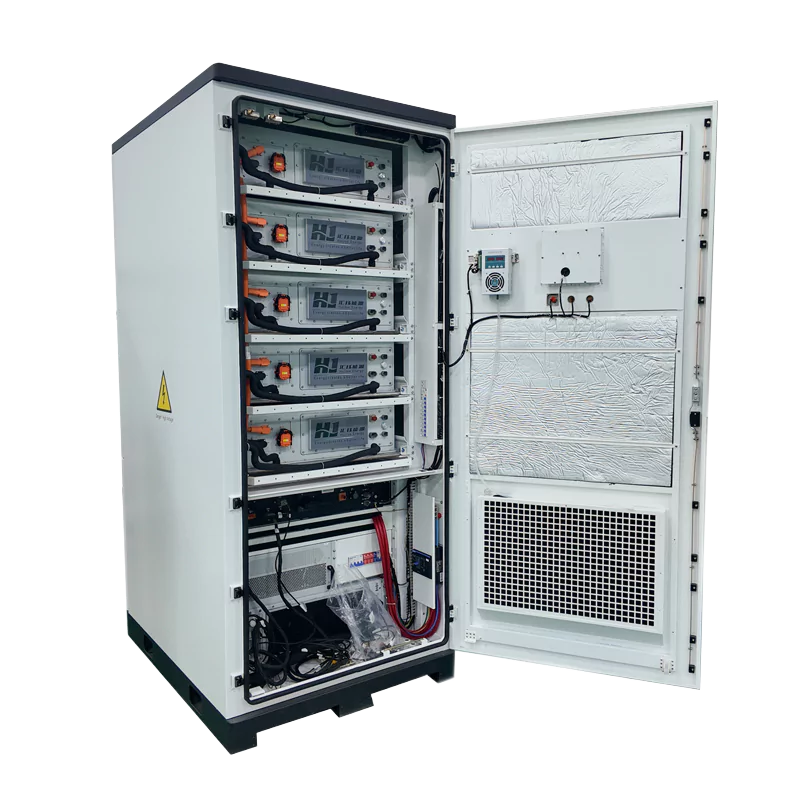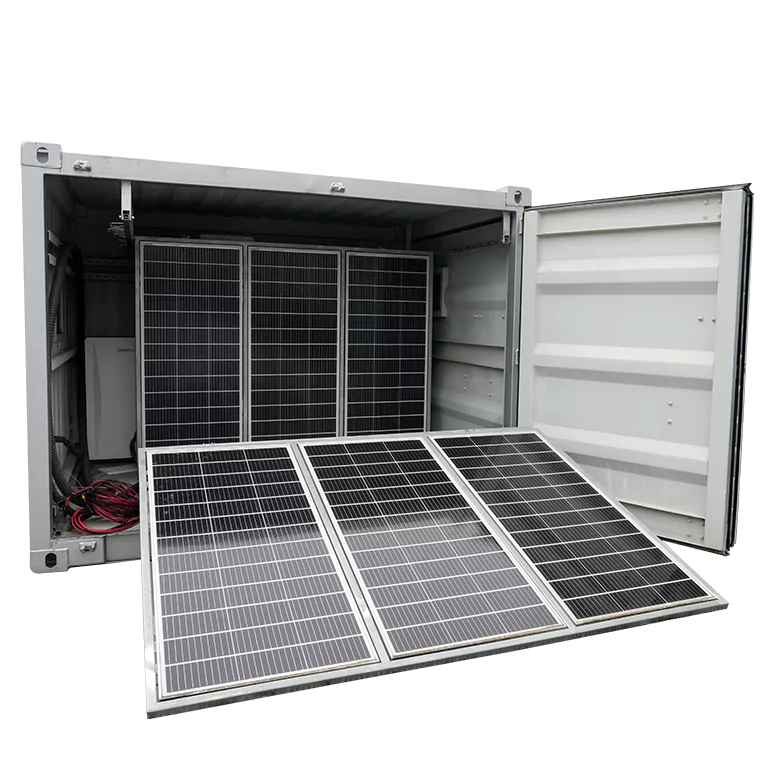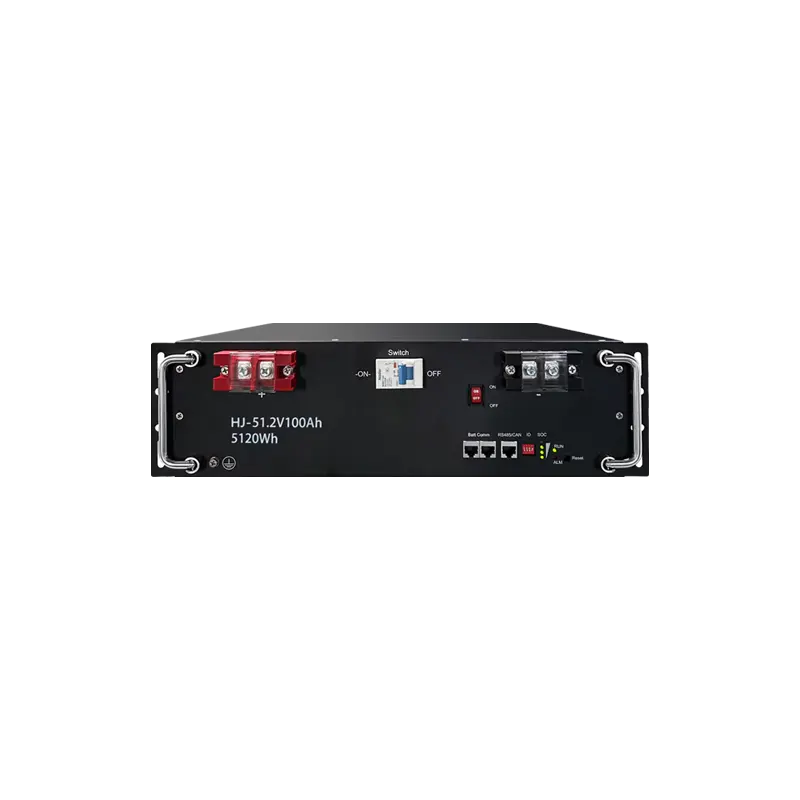How Does Solar Energy Battery Storage Actually Work?
These days, everyone is talking about “carbon neutrality” and clean energy. Among all the options, solar power is probably the most popular. It’s clean, renewable, and practically endless. But here’s the catch: solar power depends on the sun. You get plenty of electricity during the day, but nothing at night. On cloudy days, the output also drops. So how do we fix that? The answer is solar energy battery storage. It stores extra power during the day and releases it when you need it, making electricity supply more stable.
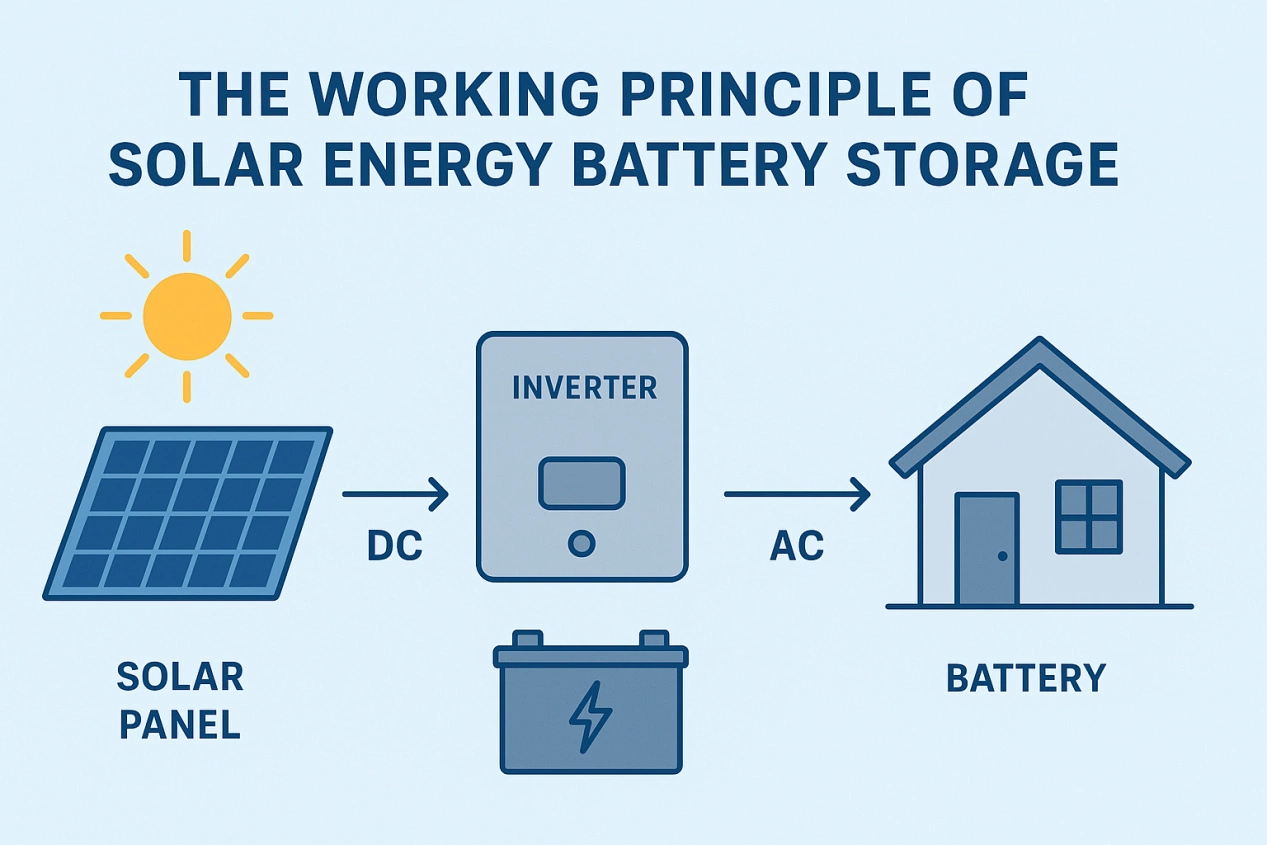
Step 1: Turning sunlight into electricity
Those solar panels on rooftops aren’t just for show. They capture sunlight and turn it directly into direct current (DC) electricity through something called the “photovoltaic effect.” No fuel, no pollution, no noise—just clean power.
Step 2: Converting DC to AC
Here’s the thing: homes and businesses mainly use alternating current (AC), not DC. That’s where the inverter comes in. It converts DC into AC and stabilizes the voltage so your appliances and machines can run smoothly.
Step 3: Storing the extra power
During sunny afternoons, solar panels often generate more electricity than you actually need. Without storage, that energy would go to waste. With solar energy battery storage, the extra electricity is stored in batteries like lithium-ion or LFP (lithium iron phosphate). These batteries are efficient, durable, and reliable.
Step 4: Releasing power when needed
At night, or when the sun hides behind clouds, solar panels stop working. That’s when the batteries kick in. They release the stored electricity, which once again passes through the inverter and powers your home, office, or factory. It’s basically: “charge during the day, use at night.”

Step 5: Smarter management saves money
Modern storage systems aren’t just about storing energy. They usually come with an energy management system (EMS). This smart system monitors power generation, battery level, and consumption in real time. Even better, it can decide when to charge or discharge based on electricity prices—using stored energy during peak hours and charging when prices are low. That means not just green energy, but also lower bills.
Wrapping it up
The principle behind solar energy battery storage is actually pretty straightforward: solar panels generate electricity → the inverter converts it → excess energy goes into batteries → stored power is released when needed. With this process, solar power becomes a stable and controllable energy source instead of one that just “depends on the weather.”
As battery technology improves and costs keep dropping, the combination of solar power plus storage will only become more popular. For homes, businesses, and even the grid, it’s a win-win. Clean energy will no longer just be the environmentally friendly choice—it will also be the smart and economical one.
Find Your Solar + Battery Storage Specialist Now!
* Fill out this form and our experts will help you find the perfect solar storage solution for your home or business.


